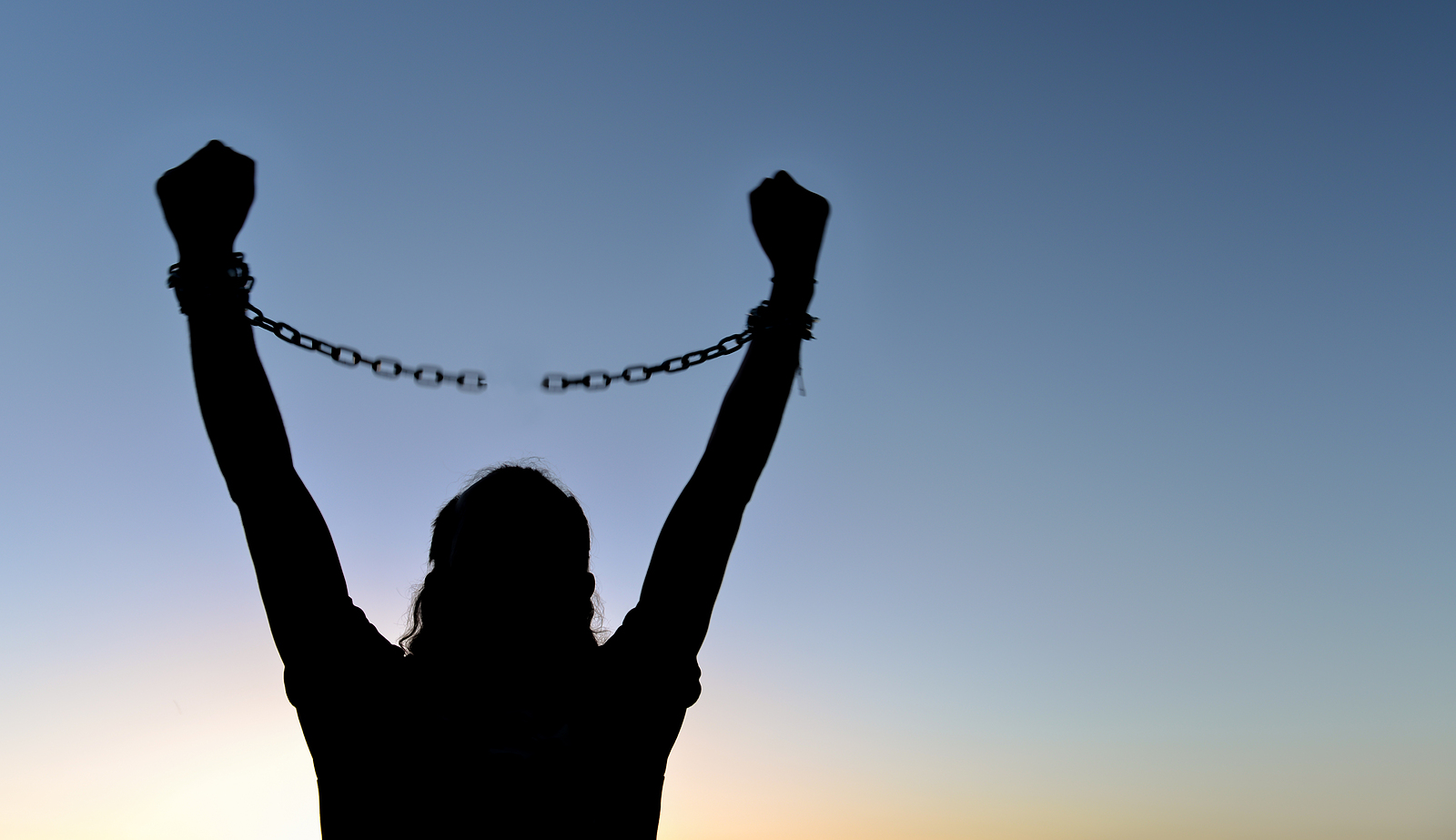Trauma and Resilience

These two themes seem to perpetuate themselves in our Asian American communities. Our grandparents and parents experienced trauma in the form of war violence, political upheaval, refugee camps, racial discrimination, and immigration and acculturation challenges.
Today, Asian Americans are still experiencing trauma as we are facing pandemic-related discrimination and Anti-Asian hate crimes. We are also constantly witnessing violence towards our elders, brothers, and sisters, in a way that can be more terrifying than the pandemic itself. It is no wonder that Asian Americans of all ages are feeling increased stress in response to both direct and indirect traumatic experiences.
Here’s a quote from one 24-year-old Asian American woman:
“At the beginning of the pandemic, my dad was grocery shopping when he was aggressively shoved and told to go back to his country. He was afraid for his safety, but he didn’t tell us until he was home. I was terrified. I didn’t want him to go shopping alone anymore.”
Here’s a quote from a 36-year-old Asian American woman:
“I was walking my dog in the afternoon in my neighborhood. A woman came up to me and spat in my face. She said it was ‘my people’s fault’ for this pandemic. I turned around and walked back home. I didn’t even feel safe in my own neighborhood.”
An Increase in PTSD Symptoms in our Community
The increased stress that our communities are feeling has been found to be associated with an increase in PTSD symptoms. In this blog, we will be describing these symptoms and how they can show up in ourselves and our loved ones. We will also share some strategies of how to manage your symptoms, and what to do if you are worried about managing PTSD on your own.
PTSD, or post-traumatic stress disorder, is a disorder that can occur in many people. People who have been exposed to a traumatic event can experience PTSD. They can have experienced it personally, or in other ways. For example, trauma exposure can occur if they witnessed or learned of an event that has happened to a loved one. It can also look like repeated exposure to details of events (e.g., through work). Traumatic events can include actual or threatened death, serious injury, or sexual violence. After being exposed to such trauma, people can have a range of reactions and emotional responses. These can be categorized into four types of symptoms.
Four Types of PTSD Symptoms

1. Intrusive Memories and Reactions
This can look like recurrent and intrusive memories or dreams of the traumatic event, as well as involuntary reactions to reminders of the event. For example, if a person has experienced serious injury at the hands of another, they may experience nightmares of that event. They may have flashbacks, where they dissociate (or “zone out”) and feel as if that event is happening again. They may also have intense physical and emotional reactions, when they go to any place that reminds of the setting of that event.
2. Avoidance
Avoidance looks like refraining from bringing up the memories, thoughts, and feelings associated with the event. For example, this person may try to pretend that the event didn’t happen and distract themselves. This can also look like trying to avoid reminders of the event, such as specific people, locations, or conversation topics. A person whose trauma is related to a car accident may avoid driving, being in parking lots, or talking about cars.
3. Negative Changes in Thinking and Mood
This can look like difficulty remembering important aspects of a traumatic event or having distorted thoughts about the cause or consequences of the event. For example, the person may struggle to remember when the event happened, or they may blame themselves for the experience. This can also look like negative beliefs about themselves or the world around them. They may believe that there is something inherently wrong with them.
They may have ongoing feelings of fear, anger, shame, and hopelessness. This can lead to reduced interest and participation in activities they previously enjoyed. Consequently, this can create feelings of detachment and disconnection from others. They may have difficulty maintaining hobbies or relationships. Or they may find themselves numb to happy events or loving feelings.
4. Changes in Alertness and Reactivity
Changes in alertness can look like irritable behavior and angry outbursts, or reckless and self-destructive behavior. It can also include concentration problems, sleep issues, or being hyper aware or overly vigilant of danger. Hypervigilance can be exhibited as having an exaggerated response to being startled. If someone has experienced gun violence, they may become defensive when they hear talks about firearm violence. They may have intense physiological reactions, and can be verbally or physically aggressive. This person can be on guard at all times in case someone is carrying a firearm, or they can be frightened when they hear a firework. They may also have difficulty falling asleep or staying asleep. Additionally, they may experience somatic symptoms, such as persistent headaches or stomach aches.
Managing PTSD Symptoms as an Asian American Today

A person can be diagnosed with PTSD if they experience each of the four types of symptoms, their symptoms last longer than a month, and there is significant impact to day-to-day life. These symptoms might not show up right away, and they might change over time. They might also present differently in different people – some people may experience more intrusive symptoms, while others may experience more reactivity symptoms.
If you are struggling with PTSD, you can manage your symptoms by taking care of yourself and using coping strategies. This can look like limiting your screen time and exposure to negative experiences. This can also look like adjusting your night routine to improve your sleep. Be mindful of your nutritional intake and appetite, and use mindfulness activities to care for your mind and your body.
Consider PTSD treatment in Los Angeles, CA or New York City, NY
If your symptoms are significantly impacting your relationships, your work, and your daily life, then it may be time to seek outside support. Traumatic experiences can leave painful wounds without processing them. Our therapy practice in Los Angeles, CA and New York City, NY have Asian American therapists who can provide a safe space for you to process what you’re going through.
Working through trauma and PTSD symptoms in trauma therapy and PTSD treatment can provide you the healing you need. If you are ready to start processing the hardships you’ve experienced, follow the steps below.
- Request an appointment using the contact form.
- Start meeting with an Asian American therapist for PTSD treatment.
- Find the beauty in your Asian American identity and heal your hurts.
Other Services at Yellow Chair
The services at our Los Angeles, CA and New York City, NY-based therapy practice are numerous. With years of experience, our team provides anxiety treatment, adult ADHD treatment, and culturally sensitive therapy. We also help folks experiencing postpartum concerns and burnout. Whatever your current struggle, our therapists are ready to meet with you and provide support.
Relevant Resources
Yellow Chair Collective: The Podcast | Healing From Trauma: Stanford Psychologist Dr. Christine Catipon Shares Tips to Nurture Yourself
https://open.spotify.com/episode/6sliIOsHFkj59Oc6og0vVO?si=heKdIufCTPK1zxNmkZsJnQ
Yellow Chair Collective: The Podcast | Asian Racial Stress & Trauma with Sharon Kwon
https://open.spotify.com/episode/3VXA1LZkUxml3uqvyfpwSq?si=WTby5eiKTaC1jce53TBGcg







Permalink
Permalink
Permalink
Permalink
Permalink